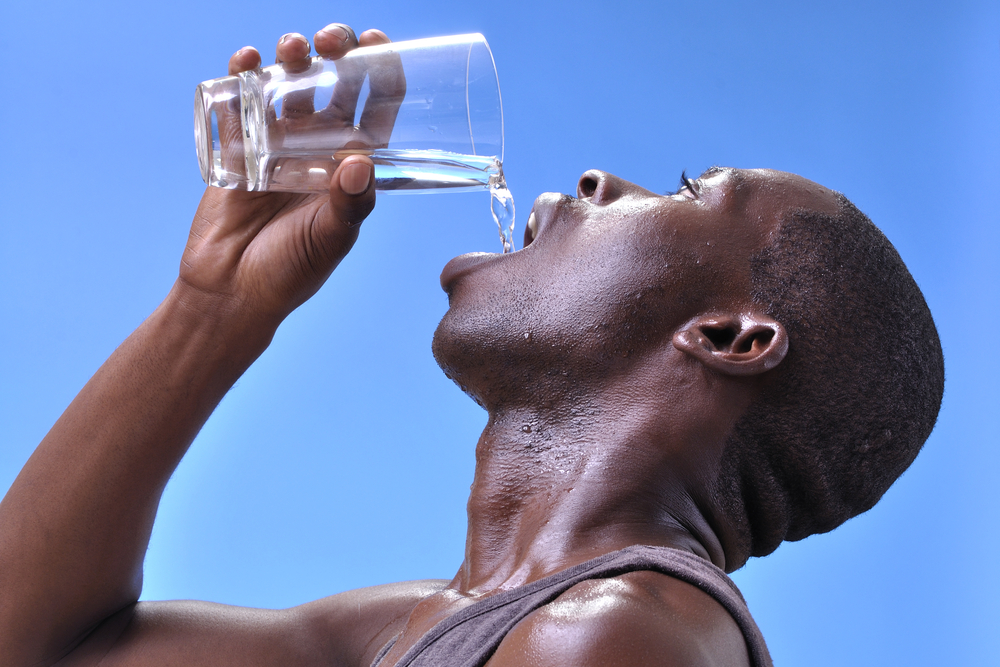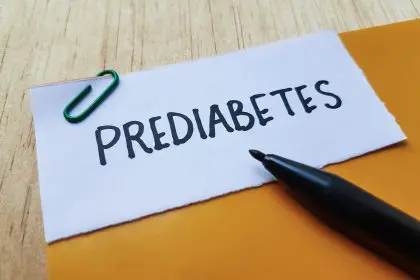In a nation where water bottles are a common accessory, a surprising reality persists: most Americans live in a state of chronic dehydration. Research suggests approximately three-quarters of the population consistently fails to maintain optimal hydration levels, a condition that affects bodily functions year-round, not just during heat waves.
Water constitutes nearly two-thirds of the human body, serving as the essential medium for countless physiological processes. Beyond quenching thirst, proper hydration maintains thermal regulation, supports joint lubrication, enables nutrient transportation, and facilitates waste removal.
The human body sends various signals when water levels drop too low, yet many of these warnings remain unrecognized or misattributed to other causes. By understanding these subtle indicators, individuals can better respond to their body’s hydration needs before more serious complications develop.
The psychology of thirst
When thirst strikes, dehydration has already begun. This sensation represents not the beginning of mild dehydration but confirmation that it’s underway.
The body’s thirst mechanism activates when fluid levels drop approximately 1-2% below optimal levels. At this point, cognitive function may already show slight impairment, highlighting the importance of preventive hydration rather than reactive drinking.
Water consumption should follow a consistent pattern throughout waking hours rather than occurring in response to thirst. Nutritionists often recommend consuming small amounts frequently rather than occasional large quantities.
Energy depletion signals
Unexplained fatigue often stems from inadequate hydration. A fluid deficit of just 2-3% can significantly reduce energy levels, as the resulting decreased blood volume compromises oxygen delivery to tissues, including the brain.
This mechanism explains why afternoon energy slumps frequently respond better to water than caffeine. The brain, comprised of approximately 80% water, shows particular sensitivity to hydration status, with even minor deficits affecting cognitive performance.
Athletes recognize this phenomenon, but office workers and students often miss this connection, attributing their exhaustion to sleep deprivation or work stress rather than insufficient water intake.
Cognitive and emotional indicators
Mood fluctuations represent one of dehydration‘s most commonly overlooked manifestations. Studies demonstrate that mild dehydration correlates with increased tension, anxiety and confusion. Women appear particularly susceptible to hydration-related mood alterations.
These emotional changes occur before physical symptoms become apparent, making them especially valuable early warning signs. The mechanism involves reduced blood flow to brain regions responsible for emotional regulation, resulting in compromised function.
Similarly, concentration difficulties often indicate hydration inadequacy. Research participants consistently score lower on attention-demanding tasks when mildly dehydrated, even before recognizing thirst.
Visual disturbances
Vision changes rarely receive attribution to hydration status, yet the connection is physiologically sound. Ocular tissues require consistent moisture to maintain proper function. When systemic hydration decreases, tear production diminishes, leading to dry eyes and subsequent visual disturbances.
Computer users experience this phenomenon frequently, mistakenly attributing visual discomfort solely to screen time rather than recognizing the compounding effect of inadequate fluid intake during extended periods of concentration.
Surprising dietary connections
Sugar cravings often represent the body’s misguided attempt to address energy deficits caused by dehydration. When inadequately hydrated, cells struggle to access glucose effectively, triggering compensatory hunger specifically for quick-energy foods.
This connection explains why hunger sometimes disappears after drinking water—the body was signaling for hydration, not calories. Drinking water before meals helps distinguish true hunger from hydration-related appetite signals.
Dermatological indicators
Unexpected skin breakouts frequently trace back to hydration status. Proper fluid balance supports the body’s natural detoxification processes. When dehydrated, toxin elimination becomes compromised, potentially resulting in increased sebum production and subsequent pore blockage.
This relationship explains why skin clarity often improves significantly when water consumption increases, independent of other skincare interventions. The skin, as the body’s largest organ, reflects internal hydration status visibly.
Oral health connections
Halitosis development directly relates to decreased saliva production during dehydration. Saliva contains antimicrobial compounds that naturally suppress odor-causing bacteria. With inadequate fluid intake, these microorganisms proliferate unchecked.
Significantly, this manifestation can occur before obvious mouth dryness becomes noticeable, making it an early indicator of insufficient hydration rather than merely a symptom of poor oral hygiene.
Digestive system signals
Digestive slowdowns represent logical consequences of reduced fluid availability. The digestive tract requires adequate lubrication to move contents efficiently. With insufficient hydration, the colon absorbs more water from digestive material, resulting in firmer waste that moves less readily through the intestines.
This connection explains why increased water consumption often resolves mild constipation more effectively than fiber supplementation alone. The digestive system prioritizes water conservation when systemic levels decrease, sometimes at the expense of comfort and regularity.
Neuromuscular manifestations
Muscle cramping incidents increase significantly during states of dehydration. Proper muscle contraction relies on specific electrolyte balances that become disturbed when fluid levels decrease. Additionally, inadequate hydration compromises the delivery of nutrients and removal of metabolic byproducts from muscle tissue.
This relationship explains why hydration strategies prove more effective for preventing exercise-associated muscle cramps than stretching alone. The neuromuscular system demonstrates particular sensitivity to hydration status during physical exertion.
Integumentary evidence
Skin elasticity changes provide visible evidence of hydration status. While aging naturally reduces dermal resilience, dehydration accelerates this process. The “pinch test,” where skin returns slowly to normal after being gently pinched, offers a simple hydration assessment method.
This manifestation explains why adequate hydration frequently improves skin appearance more noticeably than topical products. Internal hydration provides foundational support that cosmetic interventions cannot replace.
Understanding these subtle indicators empowers individuals to respond appropriately to their body’s hydration needs. By recognizing these signals early, people can maintain optimal fluid balance, potentially averting more serious complications associated with chronic dehydration.
Developing consistent hydration habits represents a simple yet profoundly effective wellness strategy. Rather than viewing water consumption as an obligation, consider it essential preventive healthcare—an investment in immediate cognitive function, physical performance and long-term physiological health.
















